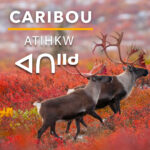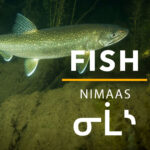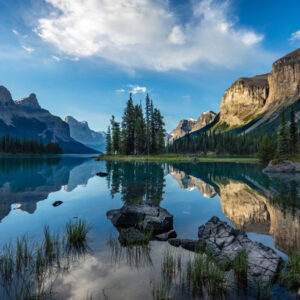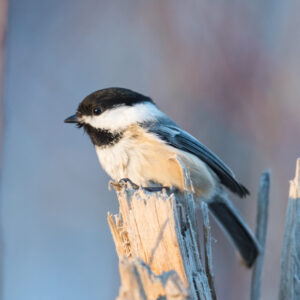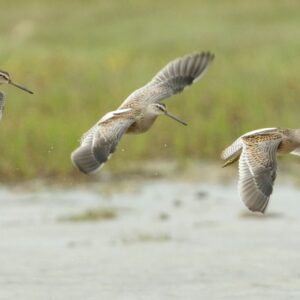Update on 2023 Fieldwork and Wildfire Impact in Eeyou Istchee
Eeyou Istchee | ᐃᔨᔫ ᐊᓴᒌ
- Territory of the Cree of northern Quebec (eastern shore of James Bay)
- “The people’s land” in the northeastern Cree language
- Home to vast boreal forest and critical shoreline habitat
- Nesting grounds for thousands of migratory birds
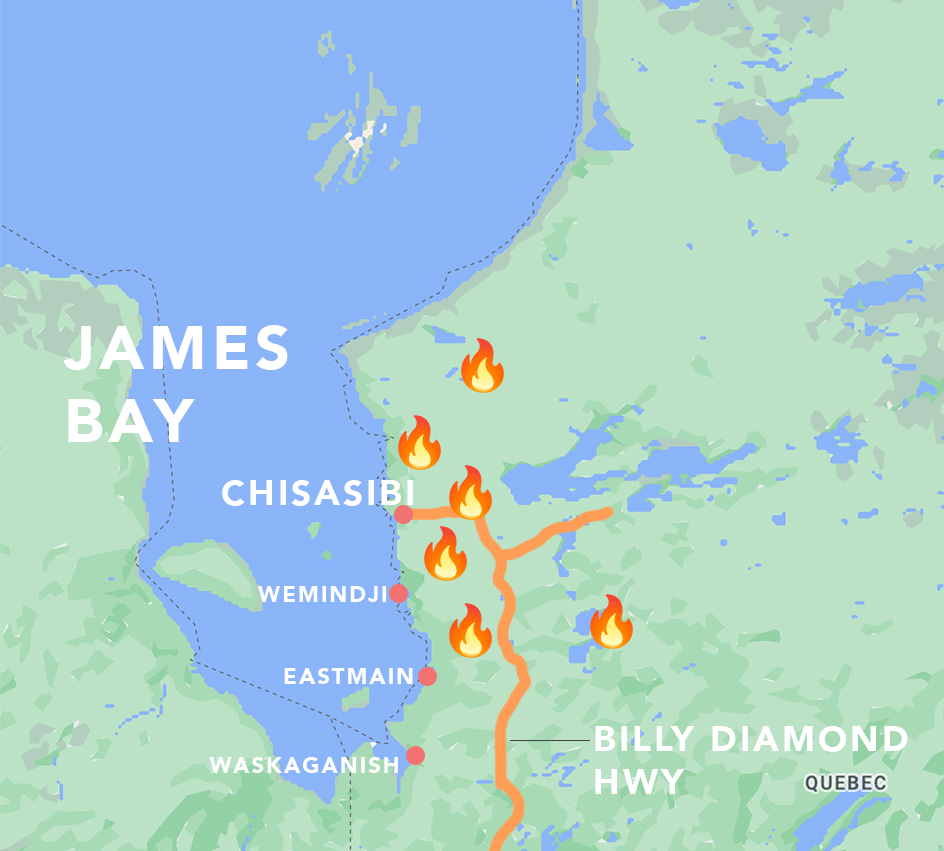
Nature Canada has been working in support of Cree communities’ effort to identify and protect important bird and wildlife habitats within Eeyou Istchee, their homelands, for about 10 years. Ultimately our goal is to help the Cree communities here develop a plan to permanently protect their lands and waters in a way that will support their sovereignty, traditional use, and the ecological integrity of the landscape.
“The forest fires we faced this summer were not our first. We’ve seen and survived through many over generations, but this one was one of the most devastating seasons we’ve had, causing anxiety, uncertainty, and frustration.”
— Chief Daisy House, Cree Nation of Chisasibi
Nature Canada provides expertise in bird surveying and identification to local conservation organizations and along with community partners, we run site surveys during late breeding and early migration. This provides the Cree communities and governments with data to inform their conservation decisions. We are particularly interested in shorebird species for their amazing life history and declining status. They fly from breeding grounds in the arctic to wintering grounds, some as far as South America, every year. In between those two extremes are important habitats used to rest and refuel. These are key to the survival of the birds on their migration and therefore, the success of the species. James Bay is one such site.
Every year we look forward to fieldwork. It is a great opportunity to connect with our partners, get boots on the ground and spend some time with the Nature that we all love. It takes a lot of coordination to plan. We rely on satellite imagery and local knowledge to select survey sites. The community partners help organize everything: from remote camps that we can rent, to knowledgeable boat captains who expertly navigate the shallow waters of James Bay, and guides who know the land with an interest in participating in the surveys. Even with all this planning, surveys in the area are unpredictable. We are often at the whim of the weather which dictates if it is safe on the bay and how active the birds will be. The land is beautiful and complex and with fieldwork, being flexible with your plans is key.
Summer 2023 was to be focused on the coastal region around the most northern and populous community in the region: Chisasibi. With the plans set, and less than a week to the 16 hour drive north, the wildfires picked up. The only access road into the area was officially closed and our plans to survey were put on hold. For the next month, we checked the road access daily. We connected with our partners regularly, some of whom were stuck outside of the communities as well. We watched the forest fires continue to grow at alarming rates.
Across Canada the total area burned rising to almost triple the previous record by mid July with no end in sight. In Quebec, just one of the biggest fires grew to burn over 1,000,000 hectares. Fires burned through massive swaths of the Quebec’s Boreal, Taiga and Hudson ecozones.
“Eeyouch are severely impacted. But we know the animals are suffering, too. I recently spoke with an Elder about the fires and the devastation. It broke my heart to hear him say it was unlikely he would see caribou again in his lifetime on his trapline. This will disrupt our Eeyou meechum, the traditional food that we rely on each passing season.”
— Chief Daisy House, Cree Nation of Chisasibi
In early August,with the roads still closed to non-essential people, we finally made the call that no field work would happen this year. We had missed breeding season, we wouldn’t have enough time and bay access was becoming restricted. We were stuck in the south, intermittently trapped indoors by dangerous levels of wildfire smoke and disappointed that our field work was unlikely to go forward this year. Our inconvenience was, however, trifling as compared to the challenges that our partners in communities throughout Eeyou Istchee were facing.
To help, Nature Canada and our partners decided to pivot. We are now developing a plan, along with the National Audubon Society and our local partners, to figure out how we can estimate the impact of these wildfires on wildlife, especially birds in the Boreal. This area is affectionately referred to as the nursery for North America’s birds as it provides nesting habitat and migratory stopover to almost half of North American species. As such, the impact on migratory birds will be felt across the continent and into South America. Forests, wetlands, rain-forests and backyards from Chisasibi to Chile may well feel the impact of the wildfires in Eeyou Istchee this summer.
And Eeyou Istchee, the people’s land, is not empty land — the Cree, expert stewards, are very present despite decades of colonialism. Describing the impact of the wildfires needs to include the impact on the Cree people and culture. Working with partners in Chisasibi, we are speaking to community members and running the numbers to help tell a complete story of the impact of the wildfire season on Eeyou Istchee.
Make sure you are subscribed to Nature Canada for more updates and listen to this message from Chief House of the Cree Nation of Chisasibi calling on all Canadians to care, to listen, and to share their story:

